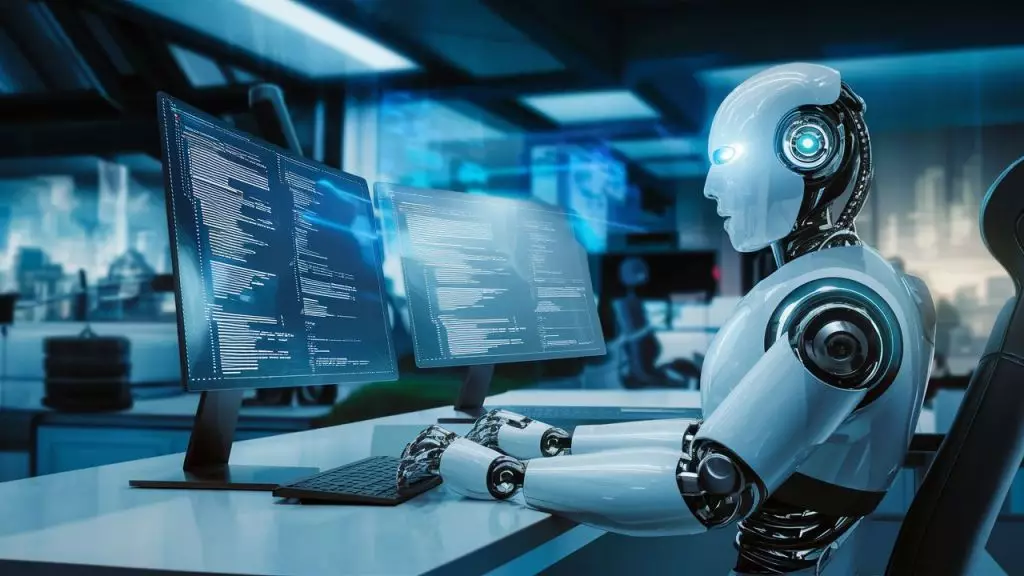The advent of DeepCoder-14B, developed by researchers at Together AI and Agentica, marks a pivotal moment in the realm of artificial intelligence and code generation. In a landscape often dominated by proprietary models that come with hefty price tags and access restrictions, this open-source gem offers hope and opportunities for a broader spectrum of developers and organizations. Its exceptional performance benchmarked against leading models like OpenAI’s o3-mini showcases not just its capabilities but also the collaborative spirit that can lead to democratizing advanced technologies.
At a time when the technology sector is rife with barriers to entry, the Release of DeepCoder-14B sets a standard by fully open sourcing the model, its training data, code, and optimization logs, providing a template for future innovations. This comprehensive sharing acts as a springboard for those pointing to further enhancements, pushing boundaries that were once thought insurmountable. It’s a call to action for researchers and developers, inviting them to build upon a solid foundational work without the overhead of developing from scratch.
Revolutionary Design: Parameters and Performance
A striking feature of DeepCoder-14B is its impressive performance achieved with merely 14 billion parameters. It’s easy to assume that larger models equate to better performance; however, DeepCoder challenges this narrative, demonstrating that optimization and smart training methods can lead to comparable or superior outcomes at a fraction of the size. One wonders if this model could redirect the industry’s focus towards efficiency over sheer size, potentially reshaping how models are built in the future.
Research indicates that DeepCoder-14B excels across multiple rigorous coding benchmarks, including LiveCodeBench and HumanEval+. Yet, what’s even more fascinating is its unexpected proficiency in mathematical reasoning, scoring 73.8% on the AIME 2024 benchmark. This crossover into more general reasoning abilities implies that code generation and logical reasoning aren’t merely compartmentalized tasks; indeed, they intertwine and can enhance each other’s performance when executed correctly.
Tackling the Challenges of Reinforcement Learning
Developing an effective reinforcement learning (RL) model, especially in coding tasks, poses its own unique challenges. The primary hurdle identified by the researchers is the scarcity of high-quality training data compared to domains like mathematics, where abundant verifiable datasets exist. Yet, the DeepCoder team approached this issue with an industrious philosophy, creating a stringent filter pipeline to curate 24,000 high-quality coding problems that ensured the training phase was not hampered by subpar data.
This aspect of their work leads to a critical understanding: reliability matters. In an industry often swayed by data quantity, DeepCoder-14B shines by prioritizing the quality of its dataset. By implementing an effective reward function that ensures positive signals only when generated code passes comprehensive unit tests, it prevents the model from falling into the trap of generating outputs that simply pass superficial checks.
Innovative Training Techniques: An Edge in Efficiency
Further enhancements in training procedures allowed DeepCoder-14B to flourish in efficiency and stability. The implementation of Group Relative Policy Optimization (GRPO) as a core algorithm, augmented by thoughtful modifications, showcases that continual improvement is feasible in machine learning. This iterative refinement is underscored by a training strategy that gradually increases context window sizes, evolving from 16K to 32K tokens. This adaptation reflects a deep understanding of how context influences reasoning in coding tasks.
Moreover, the introduction of verl-pipeline, an innovative adaptation of existing libraries, highlights a crucial transformation in training speed. By reducing idle time during the GPU sampling process, this key discovery spells a new approach that other organizations can model, contributing to a community of rapid advancements in AI.
Accessibility and the Future of AI
In releasing all their findings, the DeepCoder team has not merely launched a new model; they’ve ignited a broader conversation on accessibility within machine learning. As enterprise software becomes increasingly essential to run businesses effectively, the democratization of such technology allows smaller organizations to harness capabilities that were once reserved for tech giants.
DeepCoder-14B signifies that leading-edge performance can emerge from a collective effort, allowing every developer, regardless of their organization’s size, to explore, adapt, and innovate upon advanced coding techniques. While challenges persist in the field of AI and machine learning, leaning into open-source contributions paves the way for a more equitable tech landscape. This shift could ripple through industries, fostering a culture of collaboration and resource-sharing that stimulates creativity and pushes technological boundaries without the confines of traditional competition.

